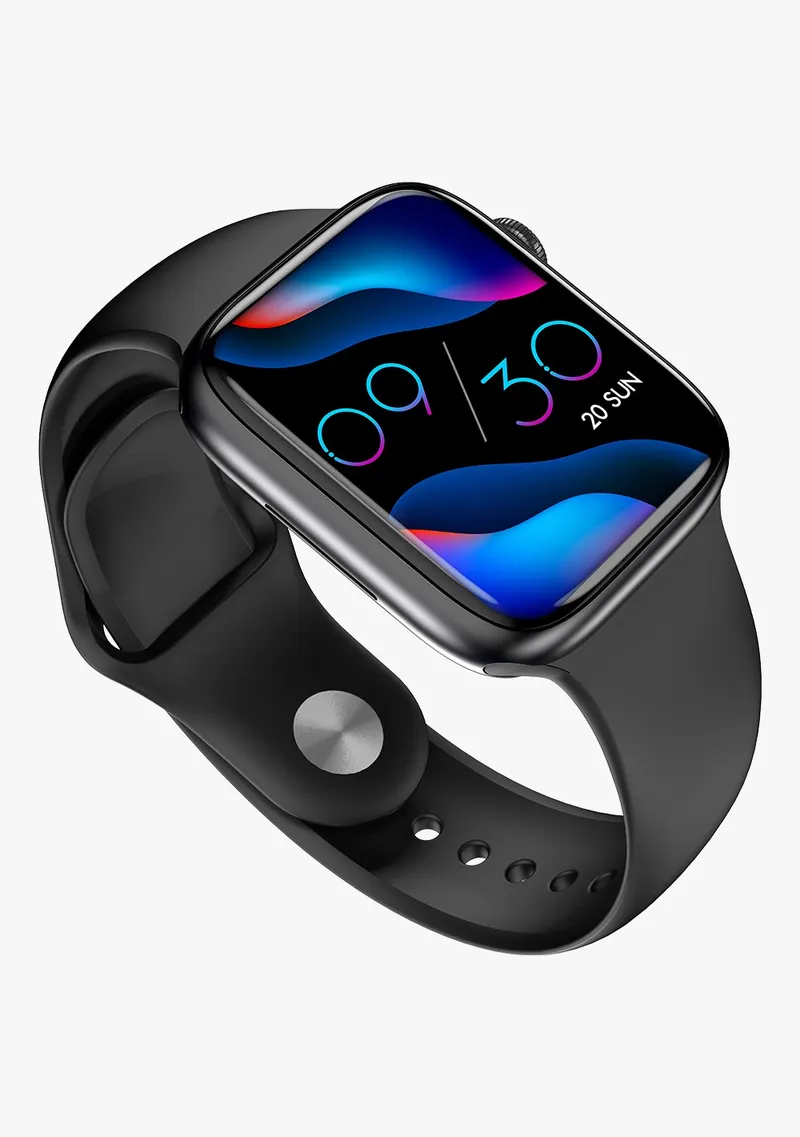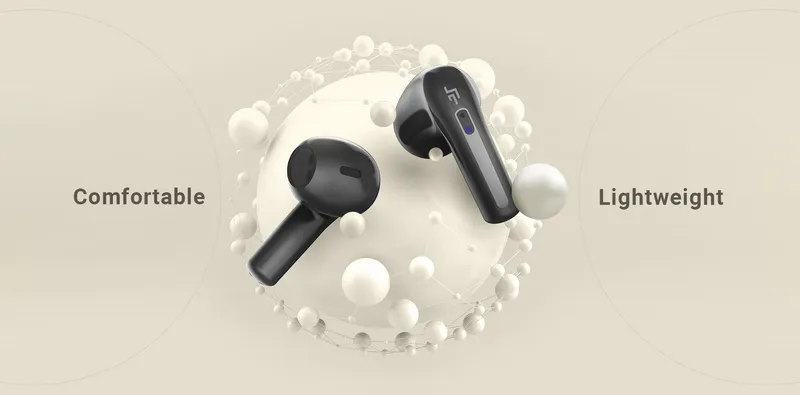Eight years of wearables: Crossbeats is stepping into new horizons
Since launching earphones, it has come a long way now expanding to a wide range of products including smartwatches. Now the brothers are looking at new niches and markets for their homegrown products.
In the year 2016, the concept of true wireless headphones were non-existent. Only a handful of brands took to this technology bringing out products in the category.
While brands like boAt now synonymous with it, is not far behind. And it all started with a drive to make better tech in India from its founders Archit Agrawal and Abhinav Agrawal.
Since launching earphones, it has come a long way expanding to a wide range of products including smartwatches. The Agrawal brothers now want to tackle a new niche—tech focused on women’s issues.

“It is an area which is largely male centric and almost 80-90% of the products are black which can be attributed to the fact that women often discussed with men before buying technology related products,” Archit Agrawal, Co-founder, Crossbeats, tells SMBStory.
Crossbeats is also set to launch a range of products with features like loud sirens, SOS and that can be beneficial to women.
Doubling down on a niche
Starting off with the aim to bring in wireless technology to the Indian market, Crossbeats has expanded to other products such as smartwatches, soundbars, smartwatch straps, screen protectors, and bluetooth receivers. With smartwatches being the most popular.
Building out this niche was not without its challenges. In 2017, it launched Neckbands to solve the problems associated with noise and clarity of voice that came with TWS. To adapt to the customers requirements, it made them flexible to avoid the gadget being too close to its ears.
Decisions like this have allowed the company to retain a current market share of 6.1% on Amazon wearable (as of 31st May) and approximately 4.5% in audio accessories, as per Archit.
VMI's in-house brand wants to offer innovative audio and smart accessories at affordable prices
Crossbeats also derives a significant portion of its sales from its website, about 40%, with 35% from Amazon, and approximately 10-12% from Flipkart and the remaining from its offline channels.
Fighting audio product saturation
There is no doubt that the market has evolved significantly since the time Crossbeats first entered the scene. According to IDC reports, the TWS share increased to 63.9% from 48.1% a year ago. And with increased health-based updates such as SPO2 tracker and heart rate monitor, among others, smartwatch continues to be the fastest-growing wearable category with 10.4 million shipments—a growth of 178.9% year-on-year, the report points out.

Crossbeats' products
And while there is immense potential, Archit believes this category is yet to reach its saturation point. “The market won’t die, the product will and the companies that do not meet customer expectations will die,” he said.
“There is a huge potential for brands, it can go up to $700 million for the entire wearables market. And in the next one year the growth in mid-premium products will be much higher.”
Crossbeats also has doubled-down on its wearables offerings. Besides the tech focused on women, it also has wearable watches on offer, including Ignite LYT a smartwatch priced at Rs 1599 to Orbit Infiniti 2.0 priced at Rs 5999 with 4GB music storage.
For a product to stand out the aesthetics and design are also an important factor, notes Archit. “Technology is available to all, but not the design. The wow factor matters,” he said.
The company at present is bootstrapped. It is now looking to expand into Internet of Things (IoTs) with smart homes accessories like smart doorbells, smart cameras, and smart plugs.
It is also in the last stages of development for Sleep Buds—a piece of technology which will helps users listen to music while they sleep.
Crossbeats also has global ambitions. Beginning with the west, where it will look to bring its D2C (direct-to-consumer) model and enter offline. Brazil and the rest of South America also on the horizon.
(This story was updated to correct a factual error.)
Edited by Akanksha Sarma







